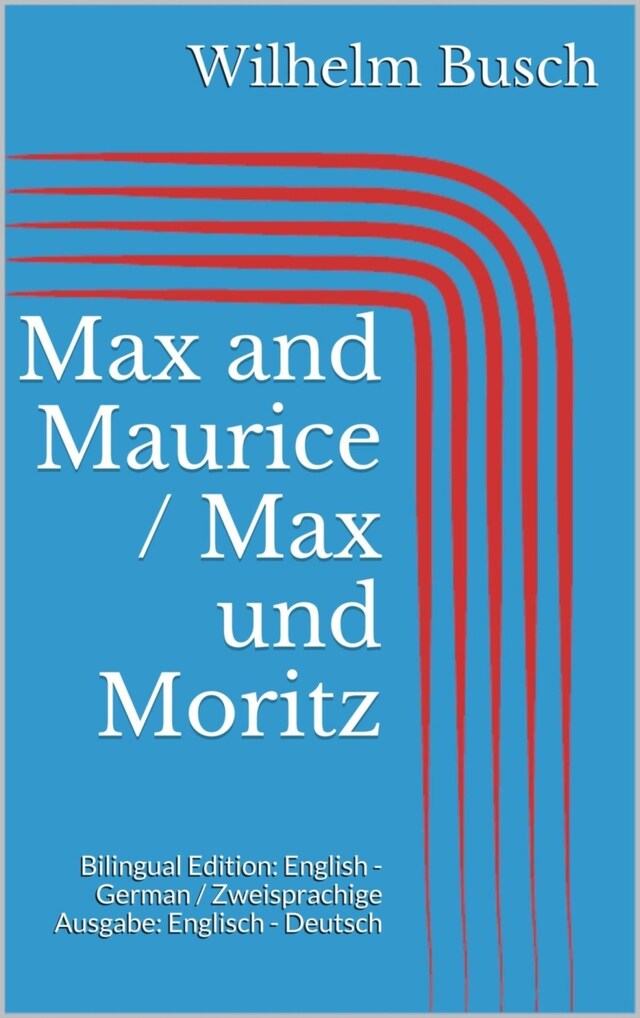
Max and Maurice / Max und Moritz
Bilingual Edition: English - German / Zweisprachige Ausgabe: Englisch - Deutsch
Beskrivelse av boken
This edition contains the English translation and the original text in German.
"Max and Moritz (A Story of Seven Boyish Pranks)" (original: "Max und Moritz - Eine Bubengeschichte in sieben Streichen") is a German language illustrated story in verse. This highly inventive, blackly humorous tale, told entirely in rhymed couplets, was written and illustrated by Wilhelm Busch and published in 1865. It is among the early works of Busch, nevertheless it already features many substantial, effectually aesthetic and formal regularities, procedures and basic patterns of Busch's later works. Many familiar with comic strip history consider it to have been the direct inspiration for the "Katzenjammer Kids" and "Quick & Flupke". The German title satirizes the German custom of giving a subtitle to the name of dramas in the form of "Ein Drama in ... Akten" ("A Drama of ... acts"), which became dictums in colloquial usage for any event with an unpleasant or dramatic course, e.g. "Bundespräsidentenwahl - Drama in drei Akten" ("Federal presidential Elections - Drama in Three Acts").
"Max und Moritz – Eine Bubengeschichte in sieben Streichen" ist ein Werk von Wilhelm Busch. Das Werk wurde am 4. April 1865 erstveröffentlicht und zählt damit zum Frühwerk von Wilhelm Busch. Es weist jedoch im Handlungsgefüge auffällige Gesetzmäßigkeiten und Grundmuster inhaltlicher, stilistischer und wirkungsästhetischer Art auf, die sich auch in den späteren Bildergeschichten von Wilhelm Busch wiederholen. Viele Reime dieser Bildergeschichte wie "Aber wehe, wehe, wehe! / Wenn ich auf das Ende sehe!", "Dieses war der erste Streich, doch der zweite folgt sogleich" und "Gott sei Dank! Nun ist's vorbei / Mit der Übeltäterei!" sind zu geflügelten Worten im deutschen Sprachgebrauch geworden.
 22 Sider
22 Sider